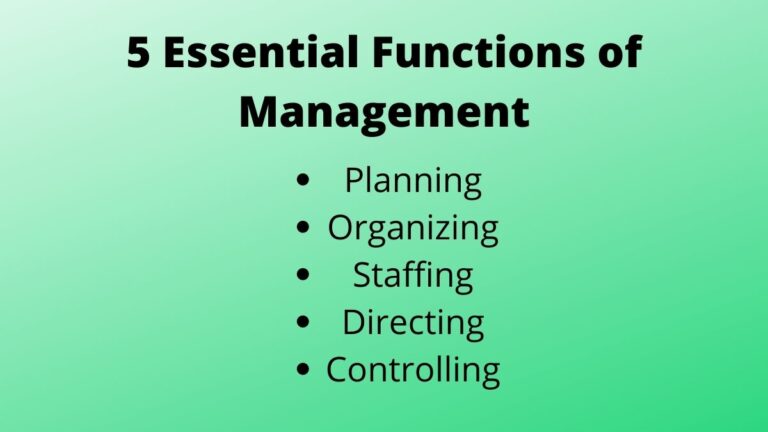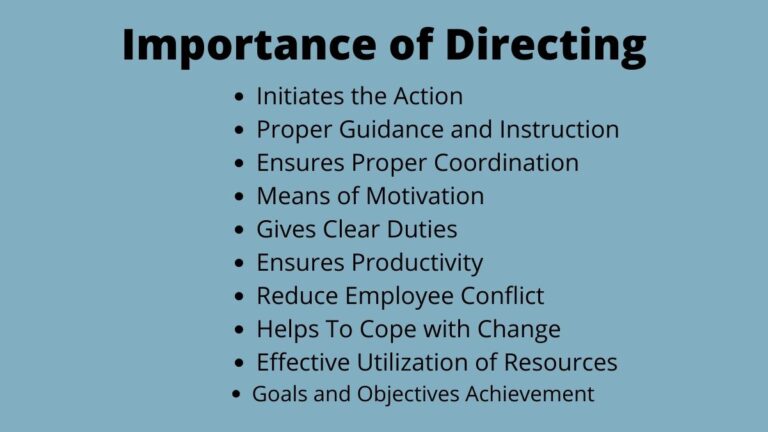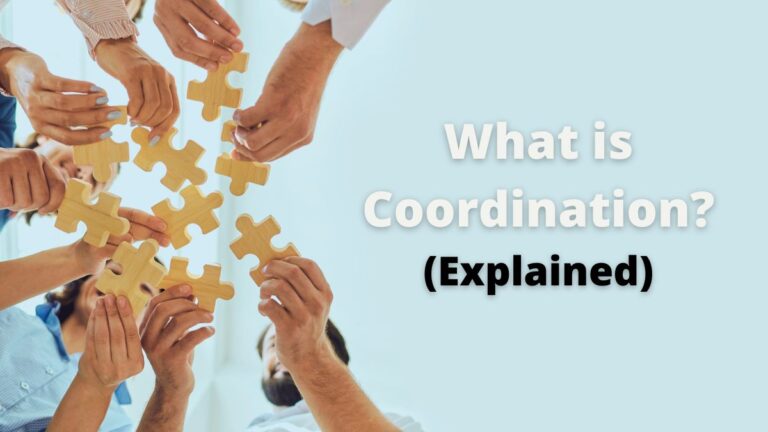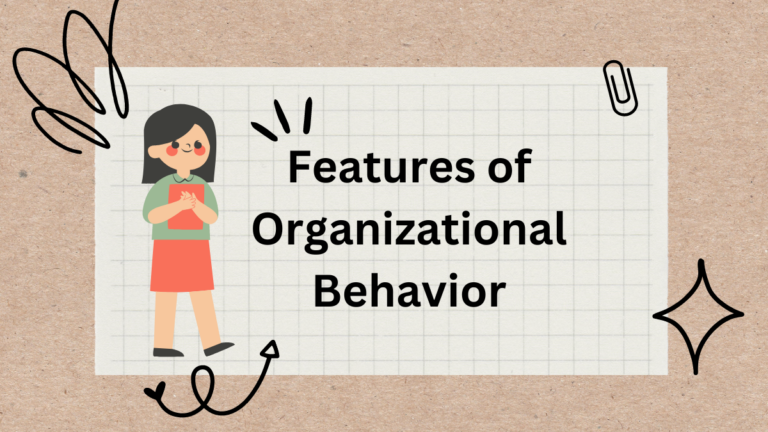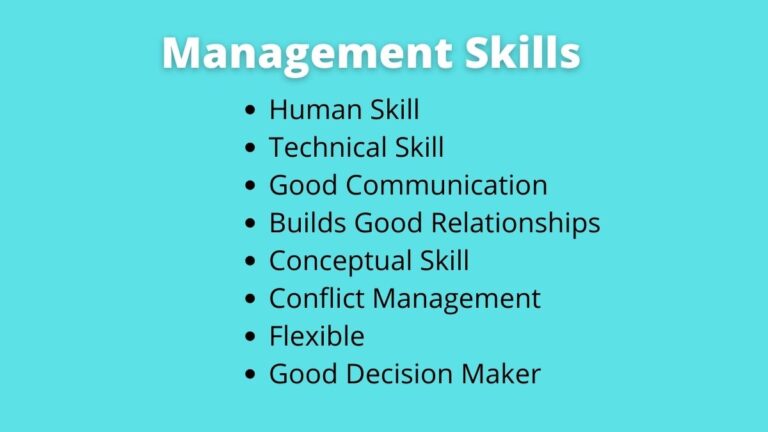11 Types of Organizational Communication [Explained]
Types of Communication
Communication is the means to exchange something i.e. that could be anything between two parties. For the successful operations of an organization effective communication is necessary. The following are the most common communication types found in organizational settings.
- Formal Communication
- Informal Communication
- Interpersonal Communication
- Non-Verbal Communication
Formal Communication
Formal communication is one in which you communicate with other parties within the formal boundary of your organization. Formal communication is made by the top management of the organization through the formal channel of command.
Organizational structure as well as the nature of the organization determine how its communication style should be. Through such communication, organizations’ formal information and other different official matters are transferred.
For example, organizational plans, policies, procedures, instructions, suggestions, etc. flow through the formal channel. In addition, formal communication is established by the organization itself i.e. management and for the organization.
Formal communication is also of three types. Based on the nature as well as the urgency of work managers can opt for following formal communications.
- Downward Communication – It is a communication type in which the communication flows from the top to the bottom of the organizational hierarchy i.e. from superiors to subordinates. It is initiated for the formal flow of plans, policies, strategies, rules and regulations, job instructions, procedures, etc.
- Upward Communication – It is the opposite of downward communication in which communication flows from subordinates to superiors in the organizational hierarchy. It is initiated to communicate the final reports, work progress, suggestions, ideas, opinions, grievances, etc.
- Horizontal Communication – It is also known as sideward communication. In this, communication is done with and through the same hierarchal levels in the organizational structure. It can be between and among peers, groups, same-level units, and departments.
Informal Communication
Informal communication is the opposite of formal communication. Since formal communication is by the consent of the top management of the organization whereas informal one is by the consent of employees themselves without considering the formal structure.
Although informal communication exists outside the formal structure of the organization, however, it coexists with formal communication. The existence of informal communication in organizational settings is natural.
Related: Formal Vs. Informal Group
Informal communication is a result of social interactions, relationships, and friendships among people. This information is uncontrollable by the management. It is effective for personal communication and has the credibility of an unofficial version of the information.
It is the expression of employees’ natural desire to communicate. Grapevine and rumors are the most common informal communications.
- Grapevine – A grapevine is an informal communication pathway for the flow of information among people. It has no orderly path. Grapevines are important parts of informal communication. The pattern of a network of the grapevine can be a single-strand network, gossip network, chain network, probability network, and cluster network.
- Rumor – Rumors are widely spread opinions without authority over their truths. They are stories based on very little verification. Such rumors are generally created in a crisis situation and they may create fear and harmful conditions too. As a manager, you should follow accurate information to neutralize the rumors. Formal decisions should not be influenced by rumors.
Interpersonal Communication
Interpersonal communication is the most common type of organizational communication. It is a communication, interaction, or exchange of information between and among two or more people in the organization.
In this communication, the sharing of information is done face to face or by any other direct channels. In other words, it is best known as two-way communication.
For example, direction and guidance given by managers to their subordinates in their presence and subordinates communicating the progress of work to their superiors is the common example. People interacting via telephone and web chatting is also interpersonal communication.
Interpersonal communication consists of two types i.e. oral and written forms.
- Oral Communication – It is communication in which information is exchanged through spoken words. For oral communication, the presence of two communicating parties is necessary. In addition, it can also be done with the help of mechanical devices like mobile, the internet, etc. It provides the benefit of immediate feedback and saves the time of the sender and receiver while communicating.
- Written Communication – It is a communication in which information is transferred in written words. Communicating through letters, memos, manuals, notices, etc. are some common examples. In organizational settings, written communication is a common means when information needs accuracy and authenticity.
Non-Verbal Communication
Non-verbal communication is the exchange of information between or among two people other than oral and written communication. It is usually done through body language like body movement, gestures, eye contact, etc.
Sometimes it can be more effective than oral and written communication when it is about expressing feelings, attitudes, and emotions. However, for the effectiveness of non-verbal communication presence of communicating parties is necessary.
Handshakes between employees, and patting on the backs are the signs of informal relations between them. A manager should be aware of the importance of non-verbal communication and its potential impact on an organization’s performance.
Read Next: Process Barrier in Communication
Sajan Kushmi is a content writer with more than 4 years of experience. He holds BIM Degree. He write on the topics related to Management, Marketing, and Entrepreneurship.


